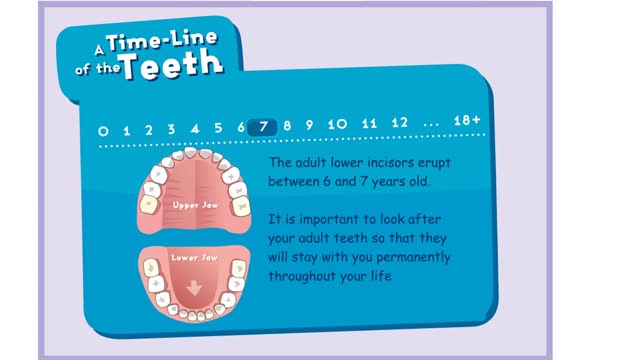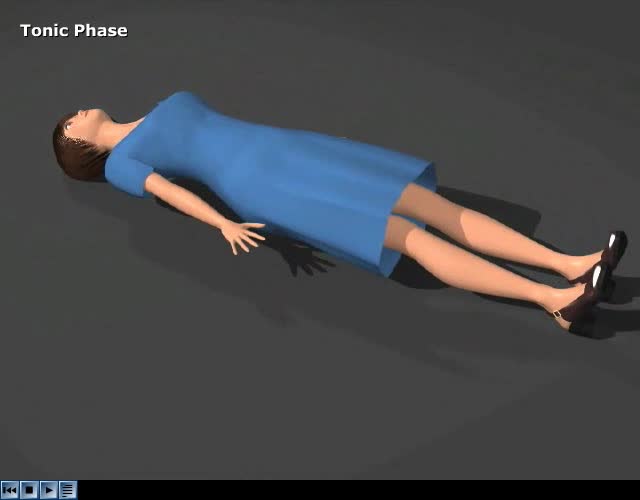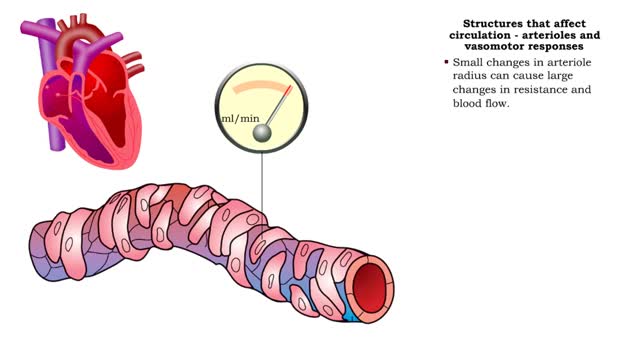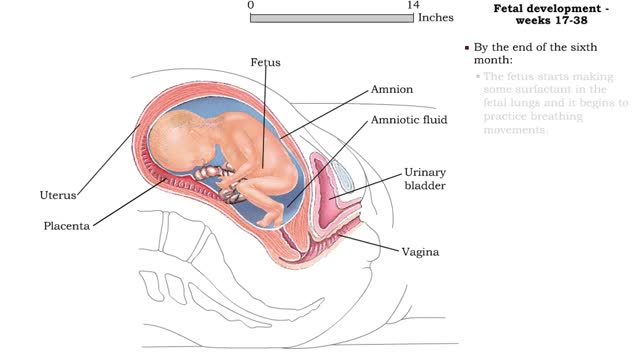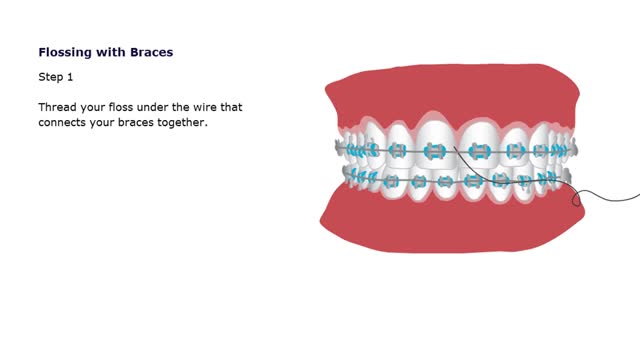Search Results
Results for: 'osmosis pressure real life examples'
A timeline of the teeth (Explained - No Audio)
By: HWC, Views: 10655
Although most babies don't appear to have any teeth when they are born, they are in fact already well developed out of sight beneath the gum. The first molars erupt at about 12-14 months. The canines follow at about 16-18 months . By 3 years old, the second molars have usually erupted, c...
Medullary osmotic gradient - influencing factors
By: HWC, Views: 12177
▪ Maintenance of fluid volume and composition, despite changes in water input and output, is crucial to a healthy life. ▪ Regulation of blood's osmolarity, or solute concentration, is a function of the nephron. • Normal osmolarity is maintained by the ability of the nephron to alter uri...
Nerve Impulse Transmission Animation
By: Administrator, Views: 15182
How nerves transmit impulses. Stimulation of a nerve occurs at a receptor. Sensory receptors Specialized to specific types of stimulation such as heat, cold, light, pressure, or pain. React by initiating a chemical change or impulse. All-or-none principle Means that no transmission occ...
By: Administrator, Views: 14782
Status epilepticus (SE) is a single epileptic seizure lasting more than five minutes or two or more seizures within a five-minute period without the person returning to normal between them. Previous definitions used a 30-minute time limit. The seizures can be of the tonic–clonic type, with a re...
Structures that affect circulation - arterioles and vasomotor responses
By: HWC, Views: 11355
■ Small arteries and arterioles determine SVR. ■ Blood pressure drops significantly as blood passes through arterioles. ■ Decreasing arteriole radius and decreased wall elasticity are the main reasons for increased SVR. ■ Small changes in arteriole radius can cause large changes in ...
Protein Structure - Primary, Secondary, Tertiary and Quaternary
By: HWC, Views: 11595
A protein's first order structure, or primary structure, begins with the amino acid sequence of the polypeptide chain. The 20 different amino acids can be arranged in an infinite number of sequences. For example, the hormone insulin, which regulates the uptake of glucose from the blood into ce...
By: Administrator, Views: 14996
Premenstrual syndrome (PMS) refers to physical and emotional symptoms that occur in the one to two weeks before a woman's period. Symptoms often vary between women and resolve around the start of bleeding. Common symptoms include acne, tender breasts, bloating, feeling tired, irritability, and mo...
Fetal development - Weeks 9 to 38
By: HWC, Views: 11937
Weeks 9-12 • Fetal development during the third month includes: • A large head, about 1/2 the length of the fetus. • Visible eyes and ears. • A detectable heartbeat. • Kidneys that form urine. • Gender identification. • Weak, undetectable body movements. • By the e...
Oral Hygiene & Braces Animation
By: HWC, Views: 11185
Caring for Your Retainer Retainers, just like your teeth collect plaque, bacteria and food particles. You should clean your retainer everyday! Keep your retainer soaking when it is not in your mouth. Use a mouthwash rinse to freshen it up and keep it free of bacteria. Keep your retainer away fr...
Advertisement



